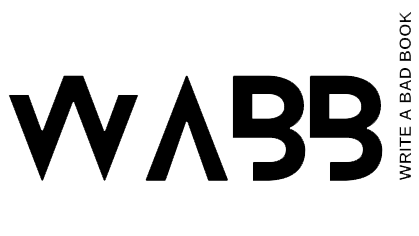Here are the key elements of a classic story structure.
Opener
This is where you set the stage for your story. It describes the setting and introduces the characters. There might be hints of the challenges or conflicts ahead. But you paint a picture of the status quo, the situation as it was before the story kicks off.
Incident
In the second stage, an incident occurs. This is the catalyst that pushes your main character into action. It establishes the conflict that will play out in the next phase of the story.
Crisis
As a result of the incident, the story faces a crisis. This is the unfolding of the main conflict or a series of issues. Often there’s more than one crisis, they should build on each other, creating a sense of danger and tension.
Climax
The fourth stage is the climax, the peak of the crisis. You can also see it as the lowest point for your characters, where things seem hopeless, and options are limited. The climax isn’t the end of the book, but it marks the beginning of the end.
Ending
The final stage is the ending or close. Whether it will end in success or failure, the ending should bring a conclusion and resolution to your story. It ties up all the crises, plot twists, and loose ends. However, it can also leave readers wanting more.
Exercise
Pick a story or a book that you have read recently or a movie or play that you have seen. Write a synopsis of the story using the classic story structure elements above. Try to keep it as basic as possible. Just list the main events.
Analysing what you have read will help you to later organise or understand your own writing. Some people start by plotting out the whole story and others just write freely and add structure later. This is all up to you, but recognising the classic structural elements will help you building your own stories and can provide guidance if you are stuck.
